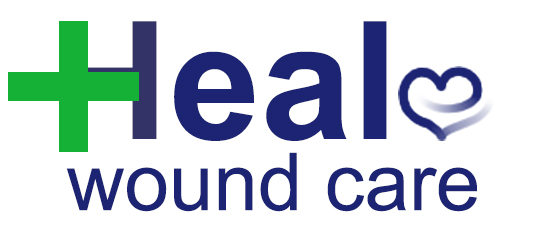Pressure injuries (decubitus ulcers or bed sores)
Pressure injuries are also known as pressure ulcers, bed sores, or decubitus ulcers. They are not minor annoyances, but a major indicator of general ill health and debility. Prevention is most definitely the best way of dealing with the possibility of these injuries, which may be acute (happen in response to a single event) or chronic (occur over a period of time, worsen, or not heal).
Pressure injuries are caused by intensity of pressure, the amount of time pressure is maintained, and the resilience of the skin and underlying structures. Susceptibility is increased when people have little sensation; are inactive, immobile, malnourished, or dehydrated; have continence issues; are feverish; and/or are subject to shear forces (when weight shifts in one direction but the skin, muscle, or bone are not travelling together). Chronic illness, low blood pressure, low or high temperature, anemia, and skin problems can all contribute. Pressure injuries are ischemic (poor blood supply) injuries with a component of inflammation from reperfusion.
Treatment needs to fully address the cause of the wound, as it is this will allow the wound to heal, not necessarily a fancy expensive dressing. It isn't what you put on the wound, but the pressure you take off it, that will prevent deterioration of the wound.
TIME WOUNDS ALL HEELS, and believe me when I say that the heels are one of the most vulnerable, bony parts affected by pressure injuries. This is often because sensation in the foot is decreased in elderly and diabetic people. The good news is that it is also really easy to offload this area. Remember, padding only redistributes pressure over a larger area—offloading is the key.
OFFLOADING PHOTO ***

